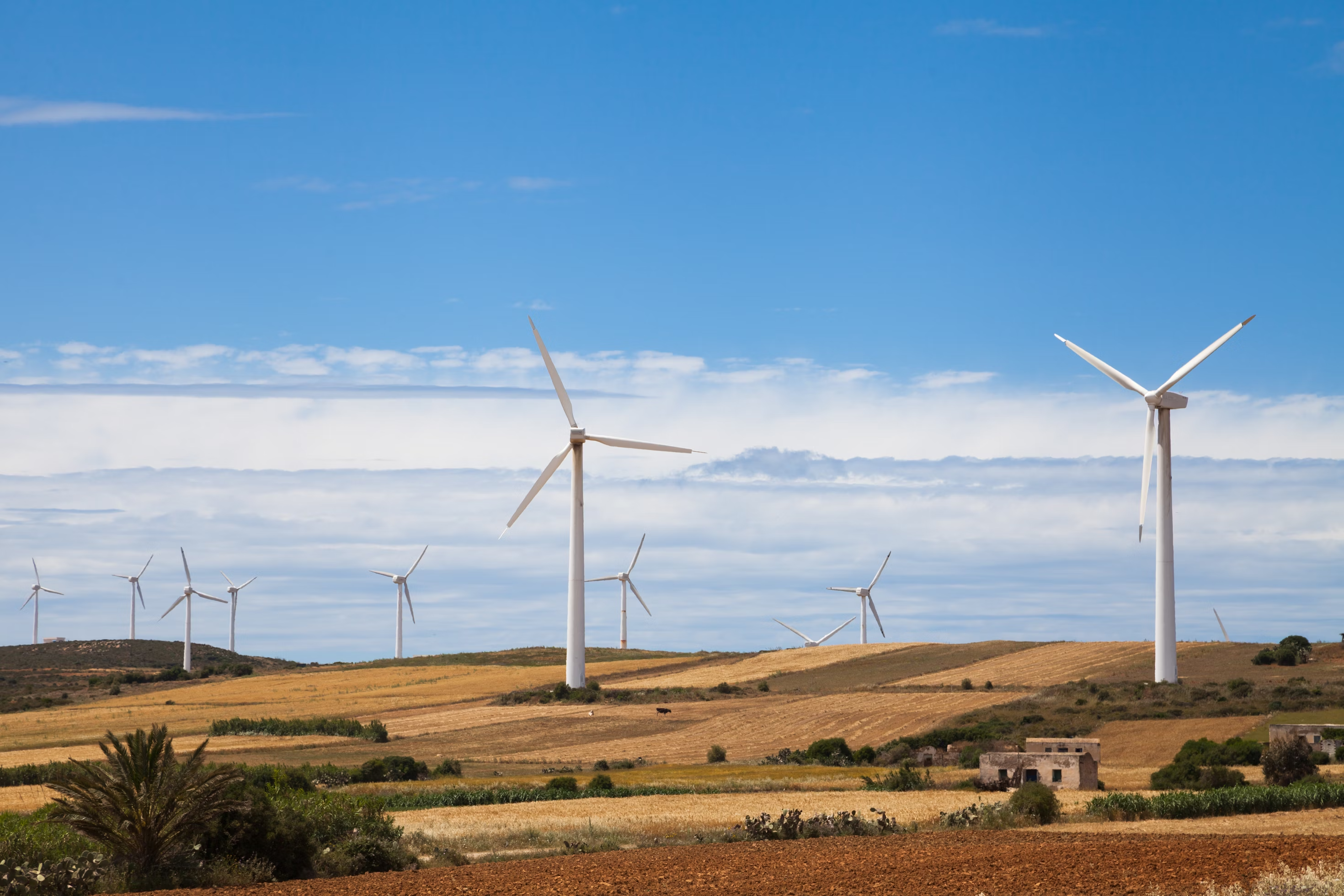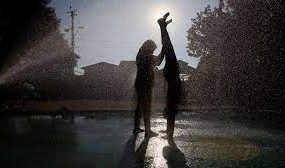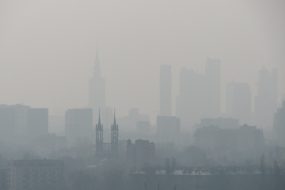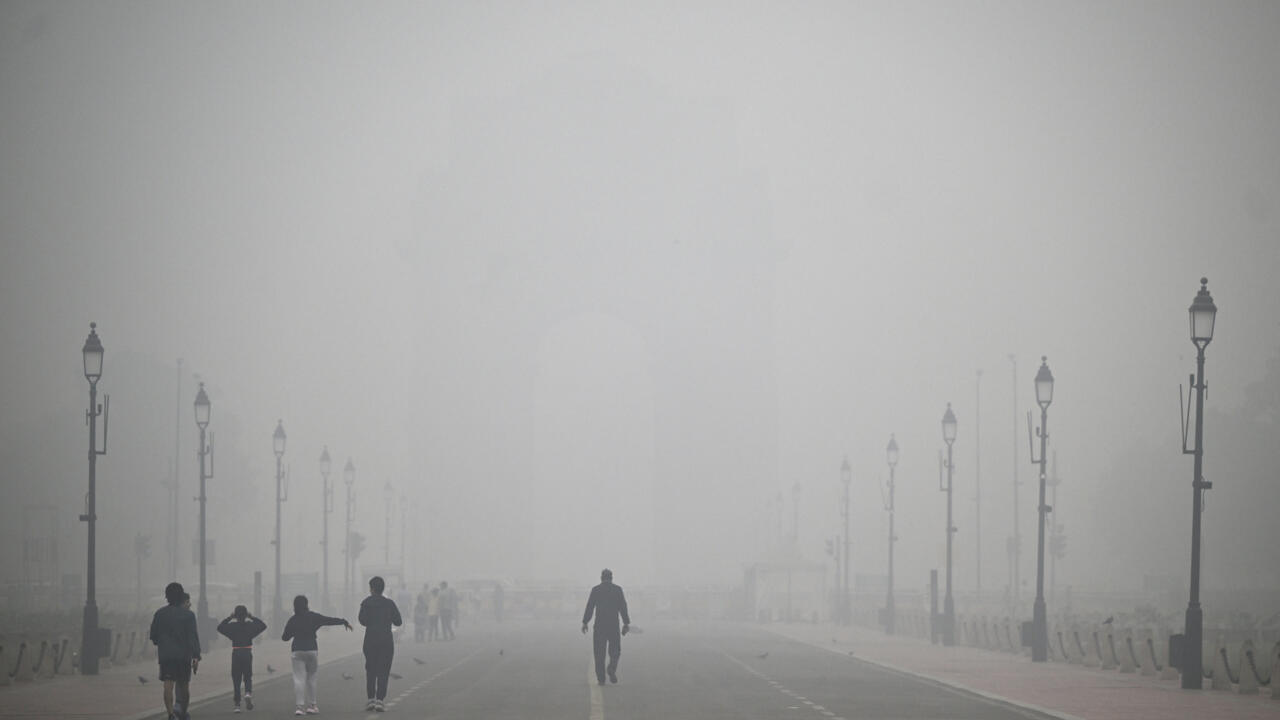
As winter approaches, New Delhi and other regions in India face an annual ordeal—extreme smog that blankets the landscape in a toxic haze. November 2024 has brought some of the worst air quality levels in recent years, raising alarms about public health and environmental sustainability.
Alarming Pollution Levels: A City in Crisis
New Delhi’s Air Quality Index (AQI) has surged into the “severe” category, with readings exceeding 429 and peaking above 1,000 in certain areas, marking the worst pollution this year.
These levels far exceed the World Health Organization’s (WHO) safety limit of 25 µg/m³ for PM2.5 particulates. The smog has also reduced visibility to as little as 100 meters, disrupting daily life, including transportation and flights
India’s Air Pollution Hotspots
While Delhi often takes the spotlight, the smog crisis is not isolated. Other regions like Bihar’s Hajipur (AQI 417) and Uttar Pradesh’s Kanpur also report hazardous air quality. Across India, urban centers are grappling with pollution driven by rapid industrialization, vehicular traffic, and agricultural practices.
Understanding the Causes of Smog
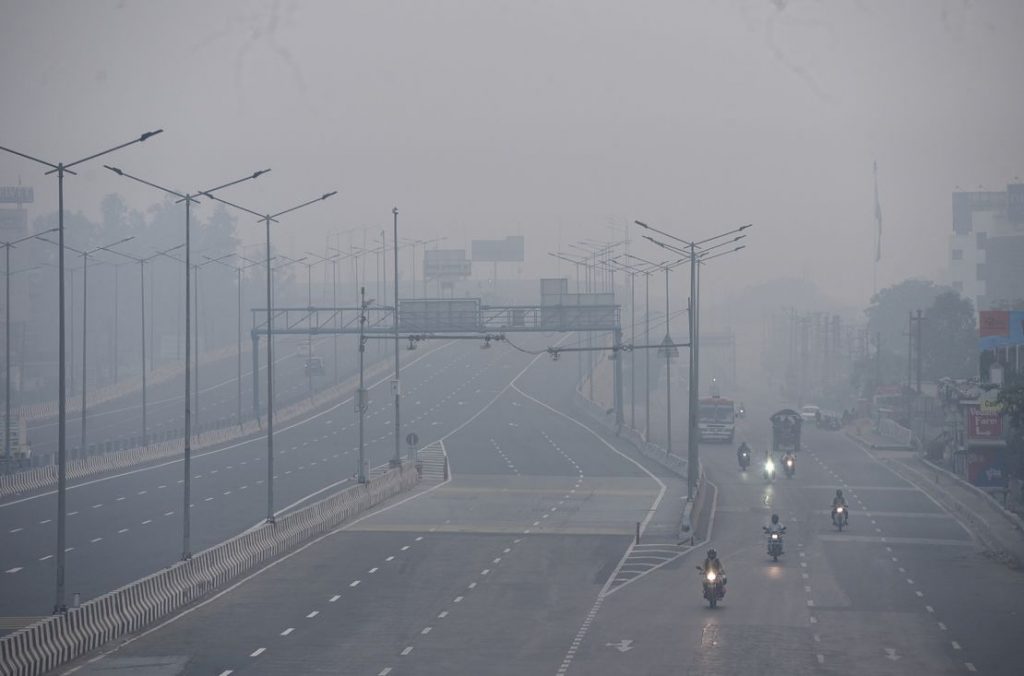
- Stubble Burning: Farmers in Punjab and Haryana burn agricultural residue to clear fields, releasing massive amounts of smoke. This accounts for nearly 30% of Delhi’s winter pollutionHindustan TimesIndia Today.
- Vehicular and Industrial Emissions: Delhi’s growing vehicle population contributes 15% of the city’s pollution load, compounded by emissions from factoriesIndia Today.
- Weather Woes: Stagnant winds, unseasonably high temperatures, and delayed winter fog exacerbate the issue, trapping pollutants close to the ground
The Health Toll: A Silent Epidemic
The air crisis has severe health implications:
- Fine particulates like PM2.5 can enter the bloodstream, causing respiratory diseases, cardiovascular conditions, and even cancer.
- Hospitals report a sharp rise in cases of asthma, bronchitis, and other pollution-linked ailments.

Long-term exposure increases risks of stroke, cognitive decline, and low birth weight in infants. The economic cost of treating pollution-related illnesses further burdens public health infrastructure.
Government Response: Are We Doing Enough?
Despite the severity of the crisis, immediate measures under the Graded Response Action Plan (GRAP), such as halting construction activities and imposing vehicle bans, have not yet been implemented. Authorities hope weather patterns will improve in the coming days, but experts warn that relying on nature is unsustainable
The Human Cost of Inaction
Each year of delayed action costs lives, health, and economic productivity. This crisis is not just a Delhi problem; it is a national emergency. Smog in northern India affects millions, underscoring the need for regional and national collaboration.
As we look to a future of urbanization and climate change, tackling air pollution is no longer optional—it’s essential. For New Delhi, this means embracing innovation, accountability, and urgency in the fight against its choking skies.
What Lies Ahead?
Unless immediate interventions are introduced, including stricter vehicular emissions norms, a ban on stubble burning, and a focus on renewable energy, Delhi’s residents may continue to face recurring health and environmental crises. This smog emergency underscores the urgent need for sustainable urban planning and regional cooperation to tackle air pollution comprehensively.
For more updates on air quality and solutions, stay tuned to government advisories and environmental reports.











